Optimization-based Motion-Planning for Legged Systems


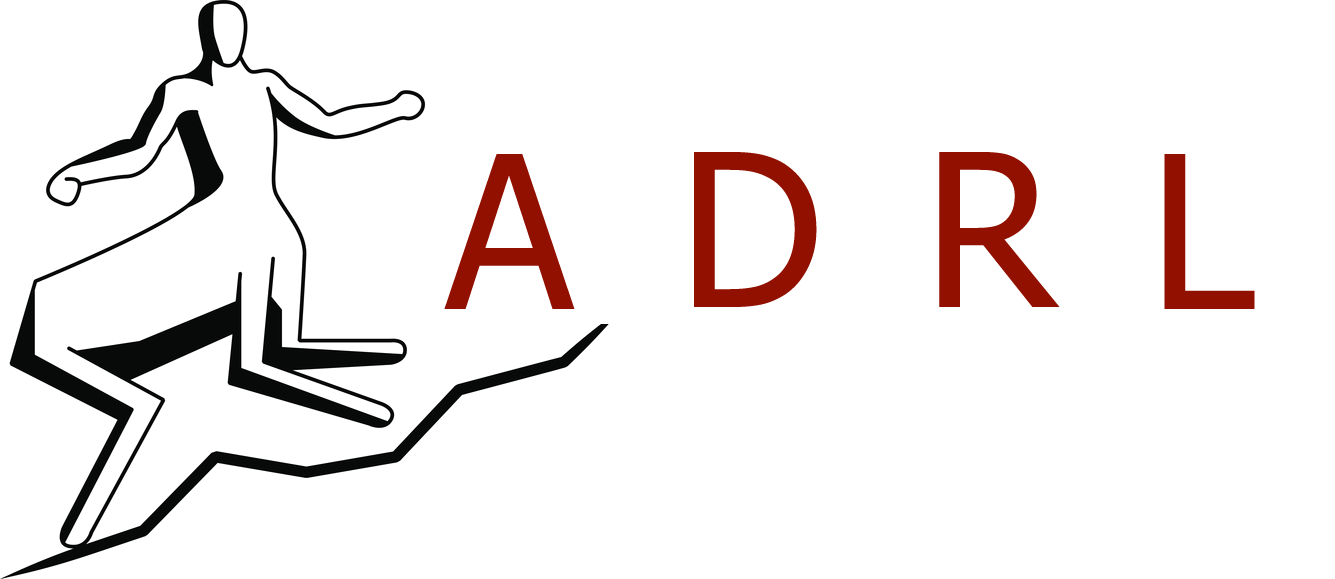

Alexander Winkler
Jan 22, 2020 \( \cdot \) Facebook Reality Labs





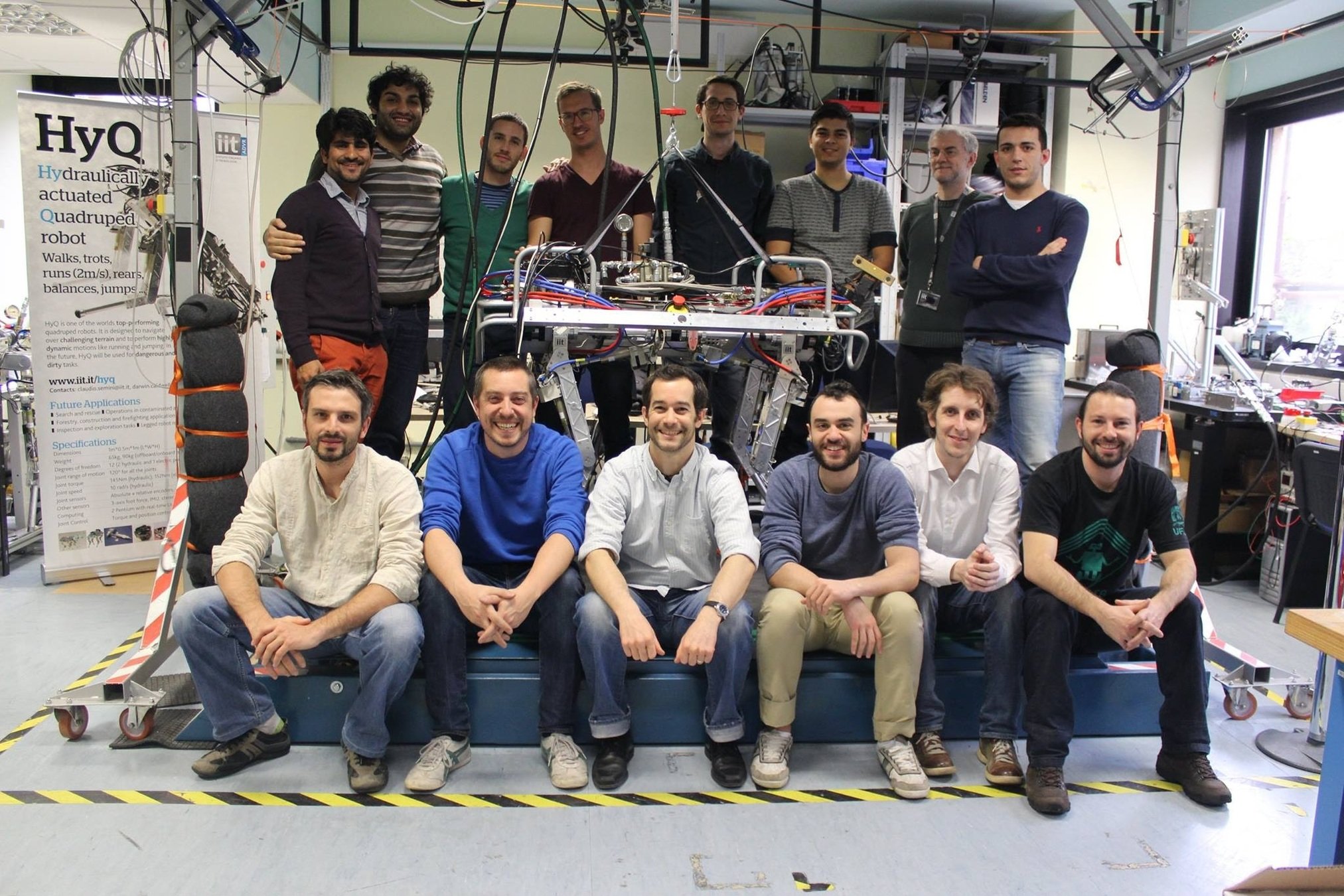
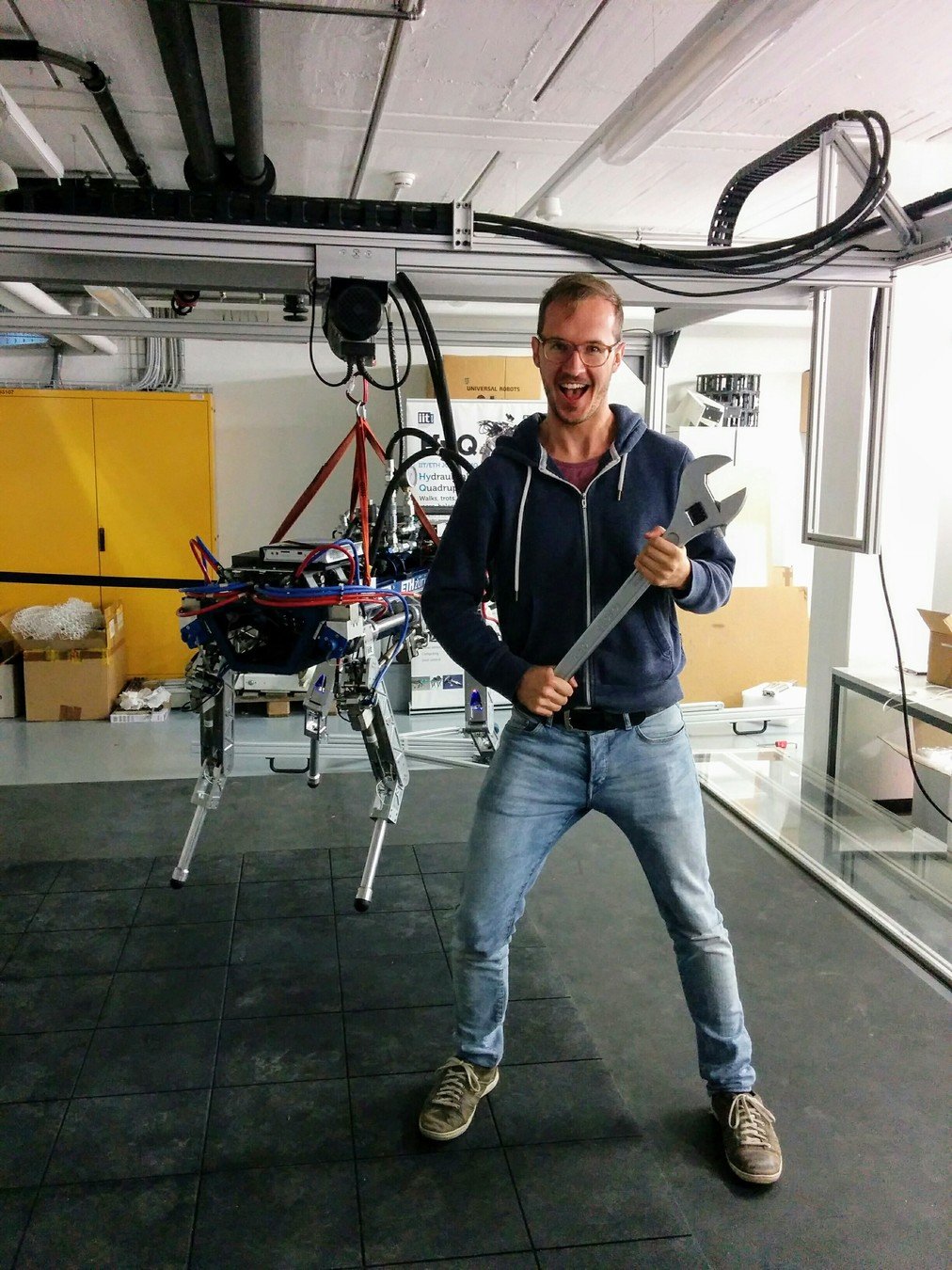
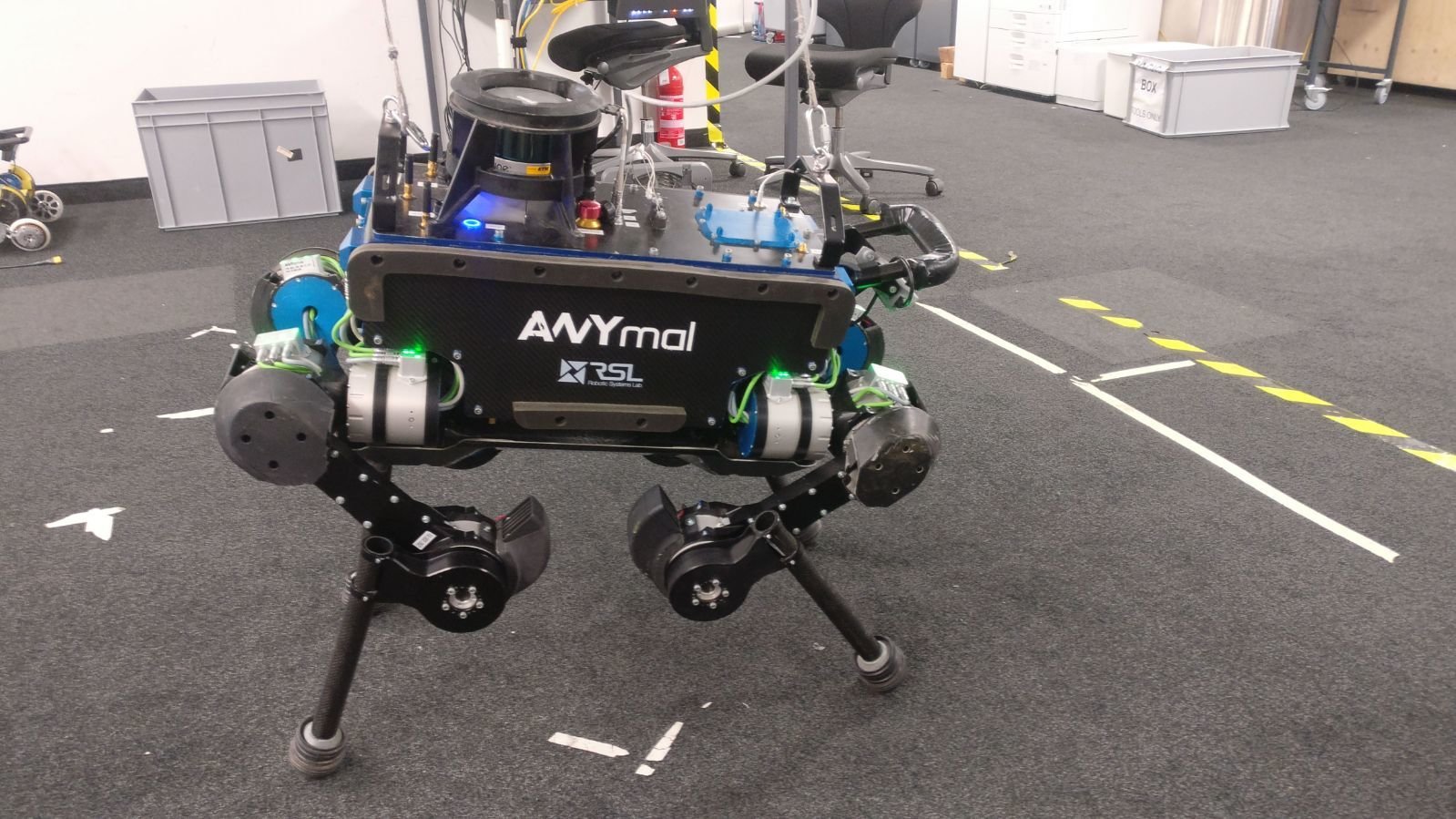
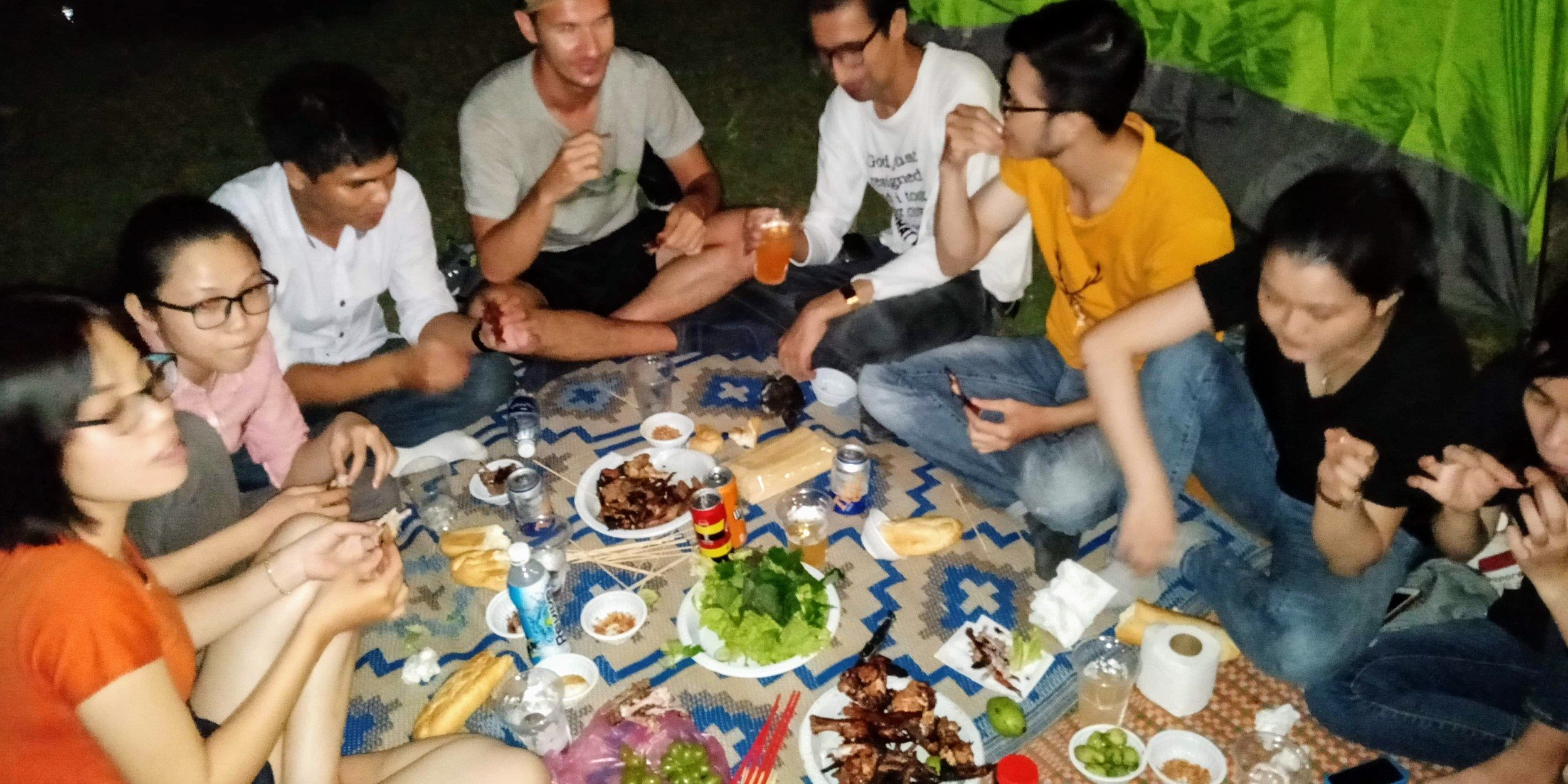

Advantages of legged systems
\( \bullet \) traverse rubble in earthquake \( \bullet \) reach trapped humans \( \bullet \) climb stairs \( \bullet \)...
Agility ...vs rolling
Strength ...vs flying
\( \bullet \) carry heavy payload \( \bullet \) open heavy doors \( \bullet \) rescue humans \( \bullet \) ...
vs

Source:
ANYbotics, Anymal bear, "Image: https://www.anybotics.com/anymal", 2018; Boston Dynamics, Atlas, "Image: https://www.bostondynamics.com/atlas", 2016; Italian Institute of Technology, HyQ2Max "Image: https://dls.iit.it/robots/hyq2max, 2018; Alphabet Waymo, Firefly car, "Image: https://waymo.com", 2016, DJI, Phantom 2 drone, "Image: https://www.dji.com/phantom-2", 2016
Source: https://www.youtube.com/watch?v=NX7QNWEGcNIa
Source: https://www.youtube.com/watch?v=arCOVKxGy9E


Robot Model \( \cdot \) Goal \( \cdot \) Environment
Desired Motion-Plan
Actuator Commands
force \( \cdot \) torque
Tracking
Controller
off-the-shelf
NLP Solver
Mathematical Optimization Problem (NLP)
Task (continuous-time Optimal Control Problem)

Outline: Two different ways to model the physics of legged systems through mathematical equations.
?

\(\Rightarrow\) Cubic-Hermite splines
Represent continous motion \(\mathbf{u}(t), {\color{red}\mathbf{u}(t)}\) with discrete parameters
Optimization parameters:
3rd-order polynomials defined by node values
Dynamic Model
Linear Inverted Pendulum
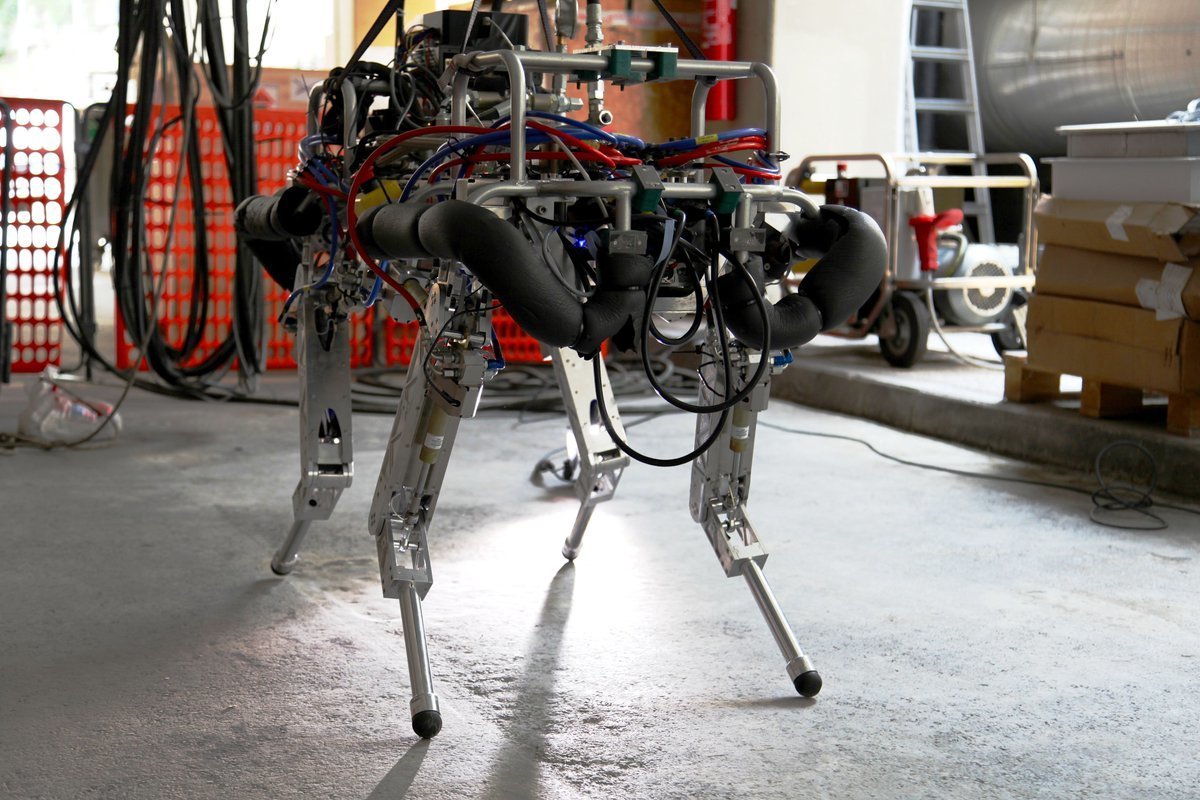



.
Why it's difficult to plan a motion \(\{\mathbf{\ddot{q}}_{des}\}_{t=0..T}\) for legged systems
(Base \( \in \mathbb{R}^6\))

-
external forces \(\mathbf{f}\) drive the system, but strong restrictions:
- Forces can only push
- forces only possible in contact
- position of force fixed during stance
- tangential forces must stay inside friction cone
- joint torques \(\tau\) can't directly drive the 6 DoF base \( \Rightarrow \) underactuated
Unilateral Contact Forces \(\Leftrightarrow\) CoP inside Support-Area






foothold change
Simultaneous Foothold and CoM Optimization





Fast Trajectory Optimization for Legged Robots using Vertex-based ZMP Constraints
IEEE Robotic and Automation Letters (RA-L) \( \cdot \) 2017
A. W. Winkler, F. Farshidian, D. Pardo, M. Neunert, J. Buchli
- Contact schedule
- CoM height (no jumps)
- Body orientation (horizontal)
- Foothold height (flat ground)
Mathematical Optimization Problem
predefined:
Motion-Plan Search Space
restrict search space



all motion-plans \( \{ \mathbf{x}(t), \mathbf{u}(t) \} \)



fullfills all contraints
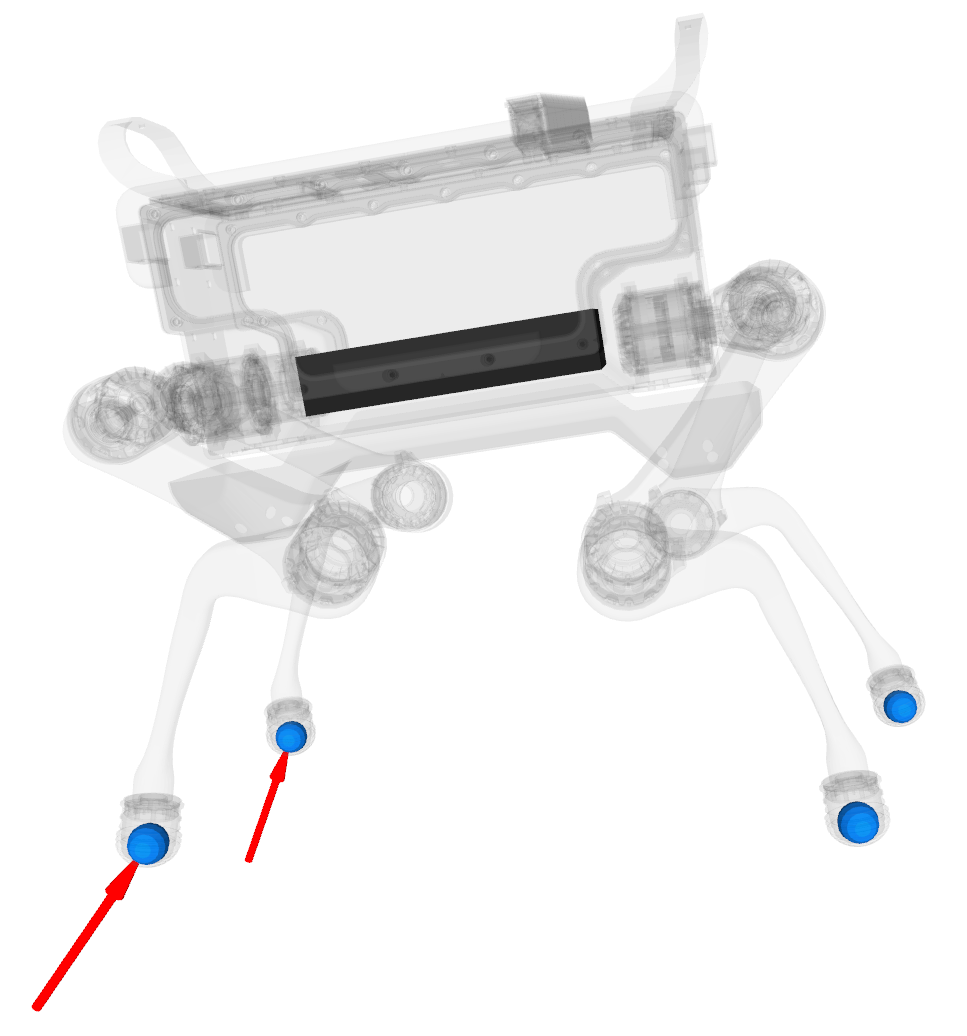
Gait and Trajectory Optimization for Legged Systems through Phase-based End-Effector Parameterization
IEEE Robotic and Automation Letters (RA-L) \( \cdot \) 2018
A. W. Winkler, D. Bellicoso, M. Hutter, J. Buchli
Towards integrated motion-planning
Dynamic Model
Single Rigid Body \( \cdot \) Newton-Euler Equations

Kinematic Model
Range-of-Motion Box \(\approx\) Joint limits
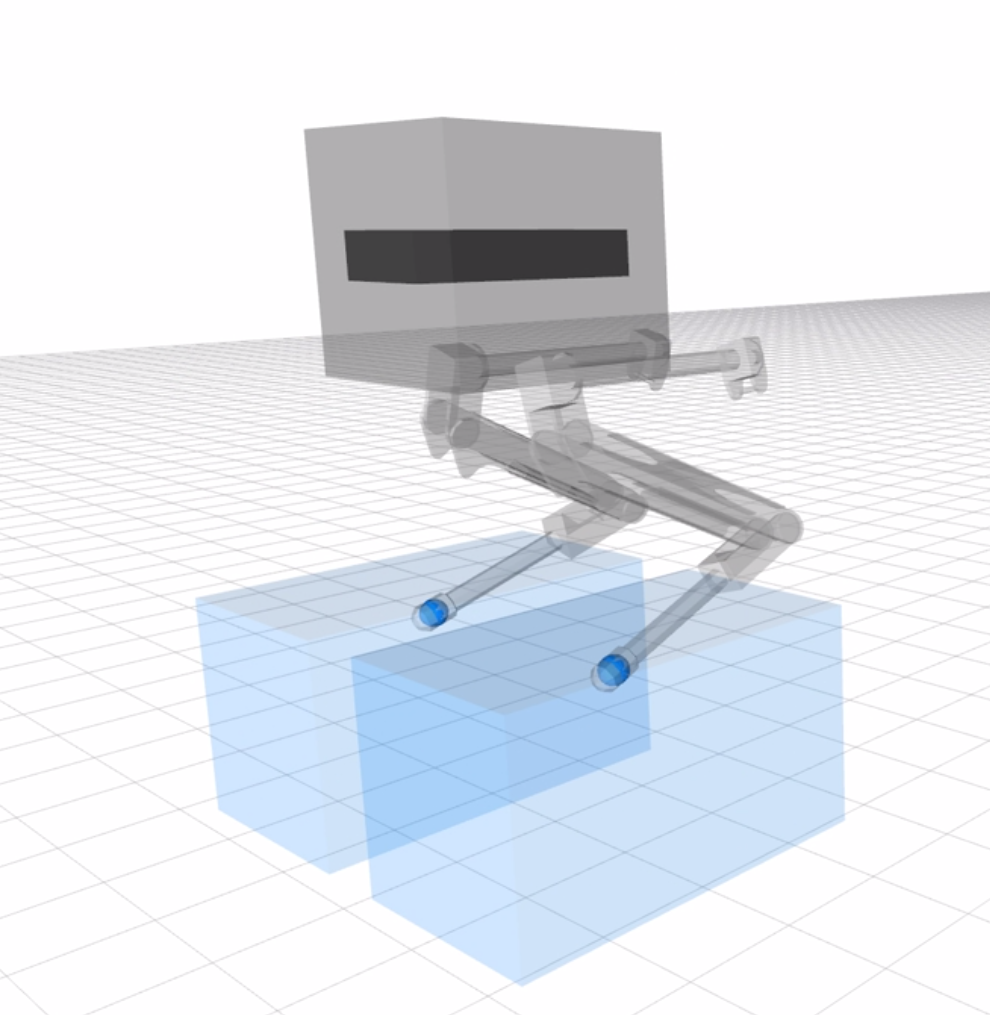
Gait Optimization
R | 0 | R | 2 | R | 2
.... gait defined by continuous phase-durations \(\Delta T_i\)

without Integer Programming
swing
stance
individual foot always alternates between and
R | 2 | L | R | 2
Sequence:

Terrain constraints
Foot can only stand on terrain
Forces can only push
Forces inside friction pyramid
Gait and Trajectory Optimization for Legged Systems through Phase-based End-Effector Parameterization
IEEE Robotic and Automation Letters (RA-L) \( \cdot \) 2018
A. W. Winkler, D. Bellicoso, M. Hutter, J. Buchli
Character Simulation in Game Engines
using Unreal Engine 4, Blender, Blueprints, ...






Gait and Trajectory Optimization for Legged Systems through Phase-based End-Effector Parameterization
IEEE Robotic and Automation Letters (RA-L) \( \cdot \) 2018
A. W. Winkler, D. Bellicoso, M. Hutter, J. Buchli
Fast Trajectory Optimization for Legged Robots using Vertex-based ZMP Constraints
IEEE Robotic and Automation Letters (RA-L) \( \cdot \) 2017
A. W. Winkler, F. Farshidian, D. Pardo, M. Neunert, J. Buchli




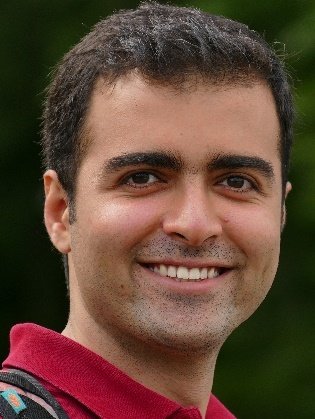
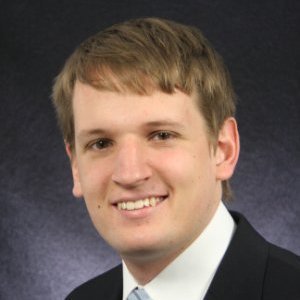

F. Farshidian
D. Pardo
M. Neunert
J. Buchli

M. Hutter

D. Bellicoso
Additional Material:
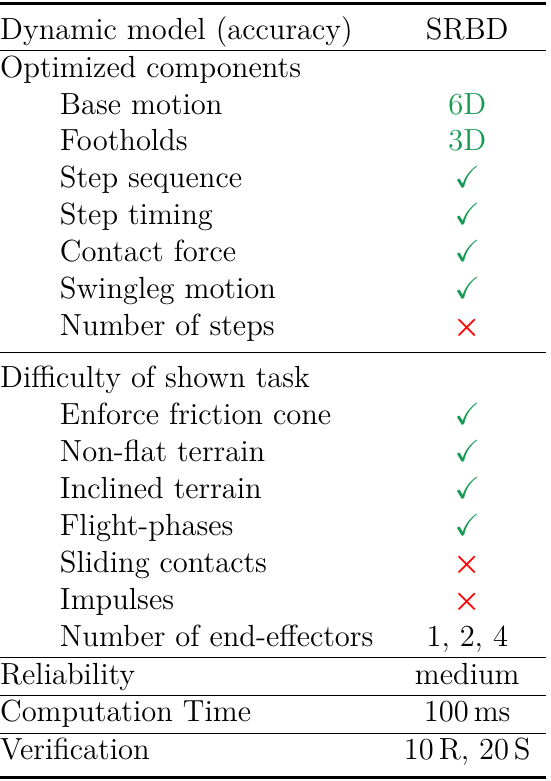


4
open-sourced software
Summary
Computation Time 100 ms
1s-horizon, 4-footstep motion for a quadruped

Know if polynomial belongs to swing or stance phase
-
Foot \( \mathbf{p}_i(t)\) cannot move while

Physical Restrictions
- Forces \(\mathbf{f}_i(t)\) cannot exist while
standing
swinging
Recreating Dust 2
using Unreal Engine 4, Blender, ...



Unilateral Contact Forces \(\Leftrightarrow\) CoP inside Support-Area

.
.
.
.
.
.
.
.

Centroidal Dynamics \(\Rightarrow \) Single Rigid Body Dynamics
Newton-Euler Equations
+ Assumption A2: Momentum produced by the joint velocities is negligible.
+ Assumption A3: Full-body inertia remains similar to the one in nominal configuration.

| (pos) | Assumptions | ||
|---|---|---|---|
| Rigid Body Dynamics (RBD) | A1 | ||
| Centroidal Dynamics (CD) | A1 | ||
| Single Rigid Body Dynamics (SRBD) | A1, A2, A3 | ||
| Linear Inverted Pendulum (LIP) | A1, A2, A3, A4, A5, A6 |

Cubic-Hermite Spline for \(\color{red}{f_{\{x,y,z\}}(t)}, \color{blue}{p_{\{x,y,z\}}(t)}\)


Constraint: Unilateral Contact Forces \(\Leftrightarrow\) CoP inside Support-Area
Difficult for single point-contacts or lines


Ordering of contact points

Vertex-Based Zmp-Constraint Formulation

Fast Trajectory Optimization for Legged Robots using Vertex-based ZMP Constraints
IEEE Robotic and Automation Letters (RA-L) \( \cdot \) 2017
A. W. Winkler, F. Farshidian, D. Pardo, M. Neunert, J. Buchli


Talk about real time c++ control, since this is also require to turn camera images into 3D meshes instantly
More emphasis on kinematic Planning at facebook
Human Gait Picture from https://www.protokinetics.com/2018/11/28/understanding-phases-of-the-gait-cycle/